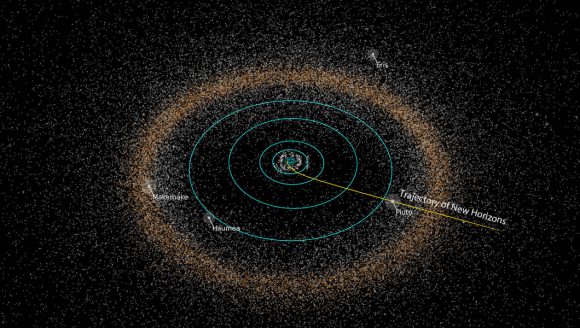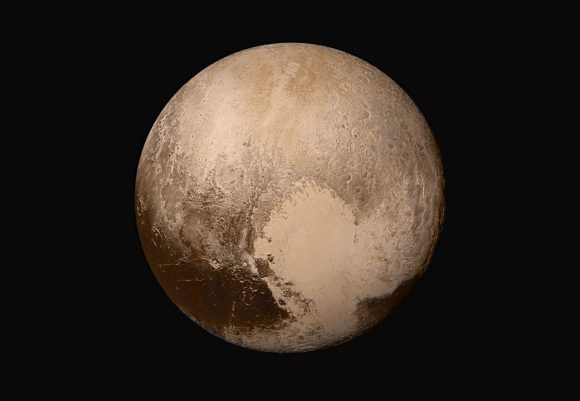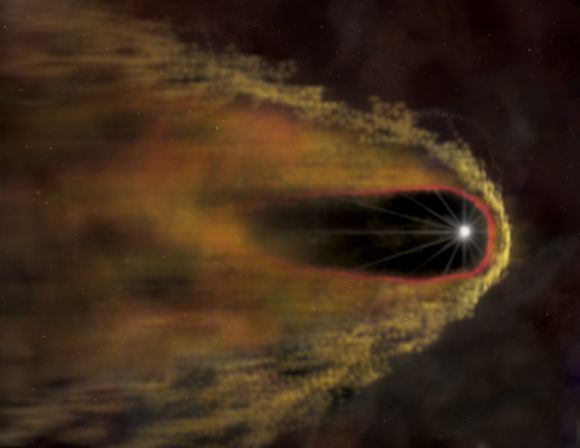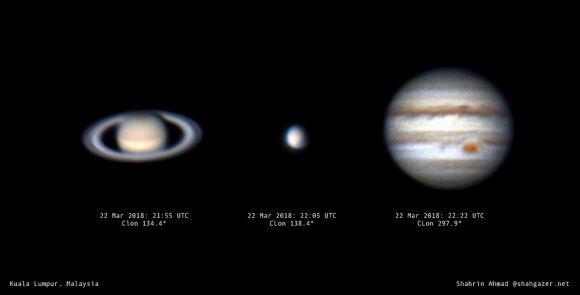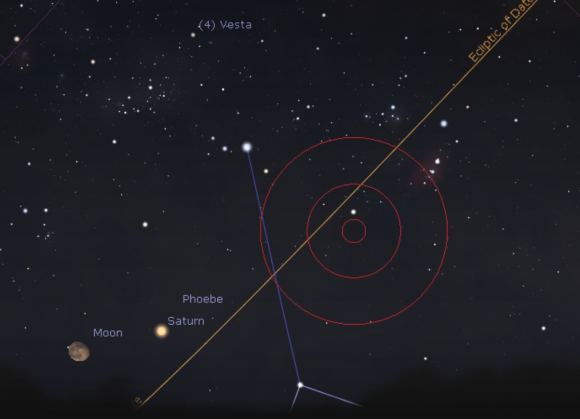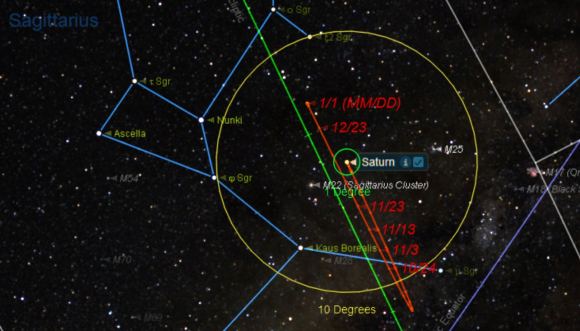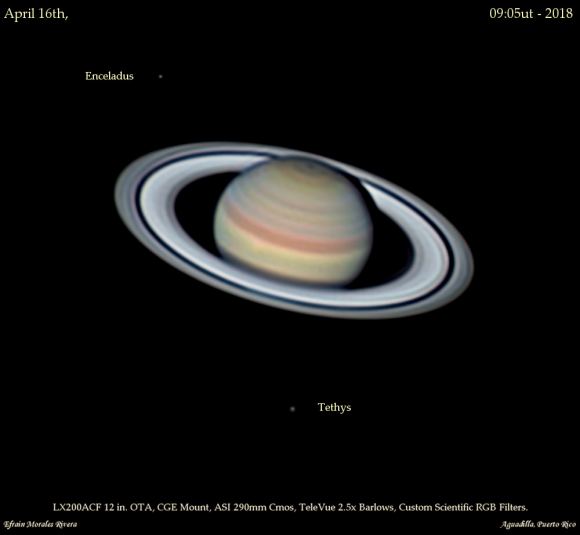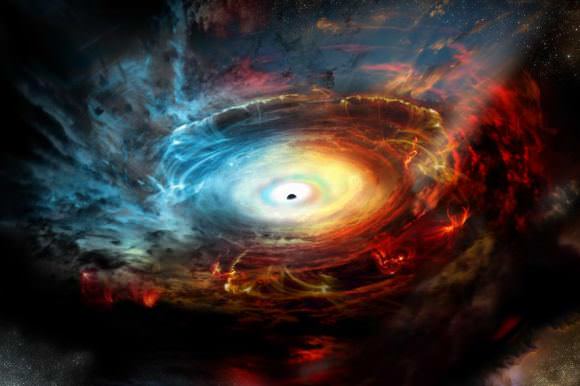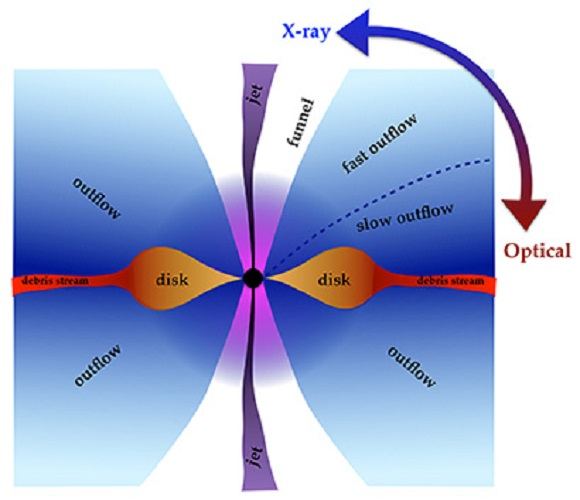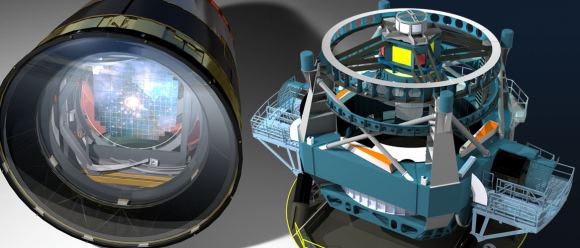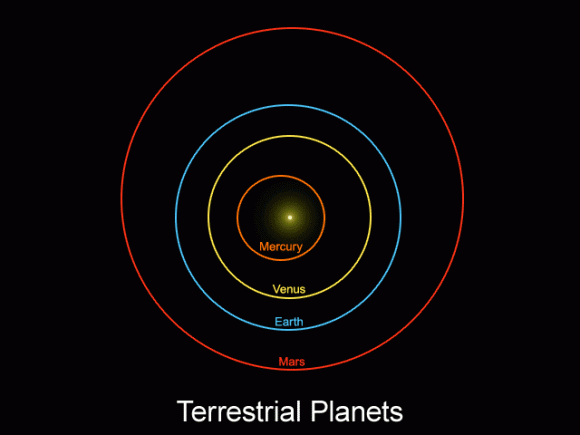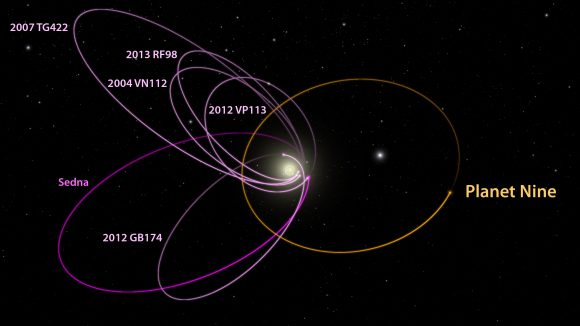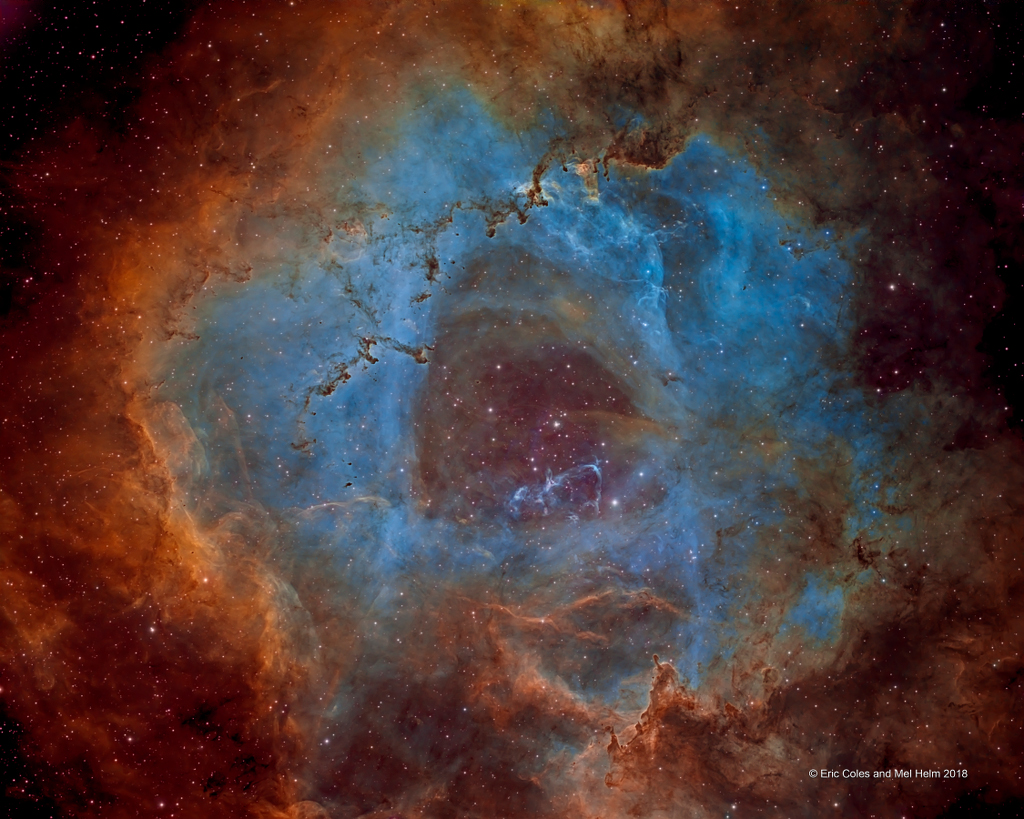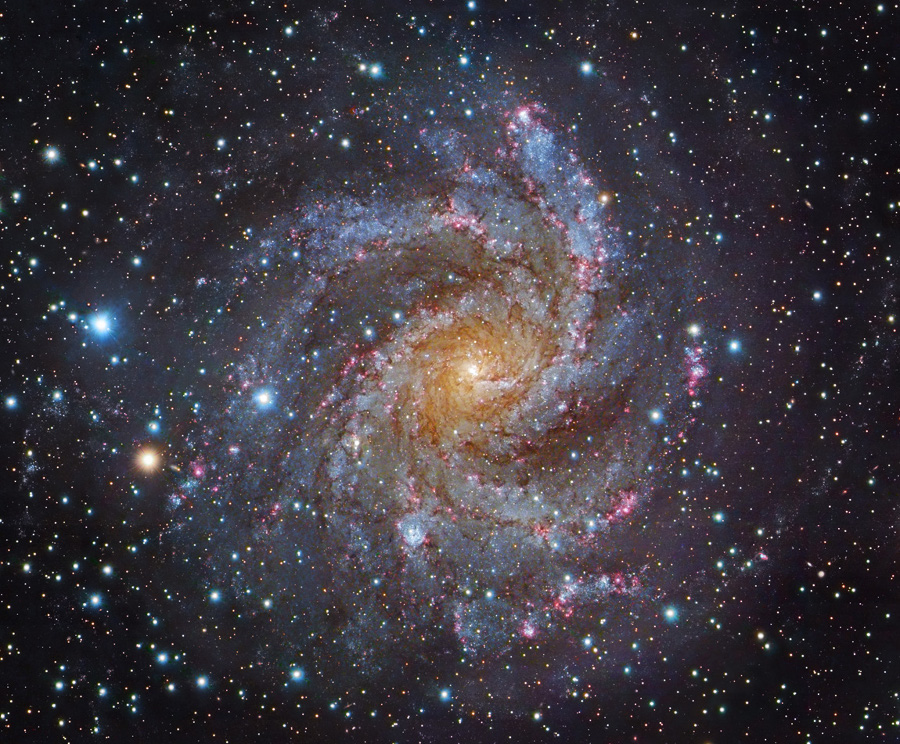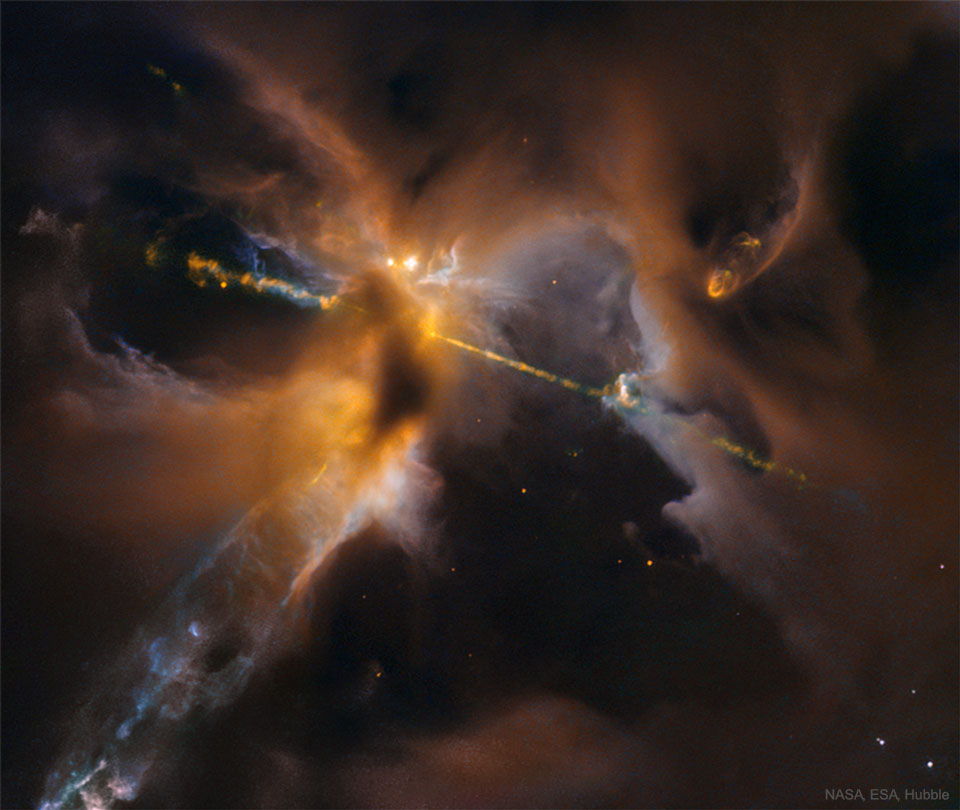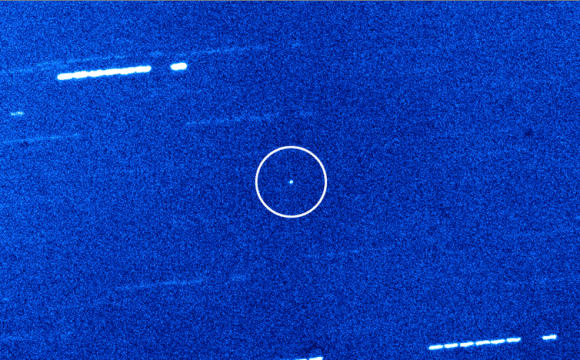Pluto has been the focus of a lot of attention for more than a decade now. This began shortly after the discovery of Eris in the Kuiper Belt, one of many Kuiper Belt Objects (KBOs) that led to the “Great Planetary Debate” and the 2006 IAU Resolution. Interest in Pluto also increased considerably thanks to the New Horizons mission, which conducted the first flyby of this “dwarf planet” in July of 2015.
The data this mission provided on Pluto is still proving to be a treasure trove for astronomers, allowing for new discoveries about Pluto’s surface, composition, atmosphere, and even formation. For instance, a new study produced by researchers from the Southwest Research Institute (and supported by NASA Rosetta funding) indicates that Pluto may have formed from a billion comets crashing together.
The study, titled “Primordial N2 provides a cosmochemical explanation for the existence of Sputnik Planitia, Pluto“, recently appeared in the scientific journal Icarus. The study was authored by Dr. Christopher R. Glein – a researcher with the Southwest Research Institute’s Space Science and Engineering Division – and Dr. J. Hunter Waite Jr, an SwRI program director.
The first Kuiper Belt is home to more than 100,000 asteroids and comets there over 62 miles (100 km) across. Credit: JHUAPL
Essentially, while Pluto is the largest object in the Kuiper Belt, it is similar in orbit and composition to the icy objects that surround it. On occasion, some of these objects are kicked out of the Kuiper Belt and become long-period comets in the Inner Solar System. To determine if Pluto formed from billions of KBOs, Dr. Glein and Dr. Waite Jr. examined data from the New Horizons mission on the nitrogen-rich ice in Sputnik Planitia.
This large glacier forms the left lobe of the bright Tombaugh Regio feature on Pluto’s surface (aka. Pluto’s “Heart”). They then compared this to data obtained by the NASA/ESA Rosetta mission, which studied the comet 67P/Churyumov–Gerasimenko (67P) between 2014 and 2016. As Dr. Glein explained:
“We’ve developed what we call ‘the giant comet’ cosmochemical model of Pluto formation. We found an intriguing consistency between the estimated amount of nitrogen inside the glacier and the amount that would be expected if Pluto was formed by the agglomeration of roughly a billion comets or other Kuiper Belt objects similar in chemical composition to 67P, the comet explored by Rosetta.”
New Horizon’s July 2015 flyby of Pluto captured this iconic image of the heart-shaped region called Tombaugh Regio. Credit: NASA/JHUAPL/SwRI
They then needed to come up with an explanation for the current proportion of carbon monoxide to nitrogen. Ultimately, the low abundance of carbon monoxide at Pluto could only be explained by burial in surface ices or destruction from liquid water. In the end, Dr. Glein and Dr. Waite Jr.’s research suggests that Pluto’s initial chemical makeup, which was created by comets, was modified by liquid water, possibly in the form of a subsurface ocean.
“This research builds upon the fantastic successes of the New Horizons and Rosetta missions to expand our understanding of the origin and evolution of Pluto,” said Dr. Glein. “Using chemistry as a detective’s tool, we are able to trace certain features we see on Pluto today to formation processes from long ago. This leads to a new appreciation of the richness of Pluto’s ‘life story,’ which we are only starting to grasp.”
While the research certainly offers an interesting explanation for how Pluto formed, the solar model still satisfies some criteria. In the end, more research will be needed before scientists can conclude how Pluto formed. And if data from the New Horizons or Rosetta missions should prove insufficient, perhaps another to New Frontiers mission to Pluto will solve the mystery!
Further Reading: SwRI, Icarus
The post Pluto is What You Get When a Billion Comets Smash Together appeared first on Universe Today.
